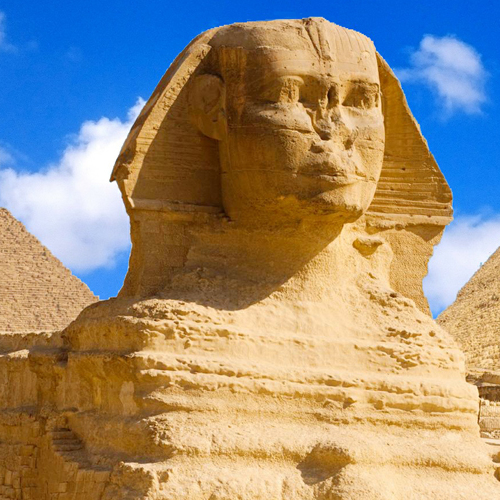No other nation in the world says ‘Welcome’ as often as the Egyptians, and every time, they mean it. While the ancient civilization of Egypt continues to amaze, contemporary Egyptians are equally remarkable.
Weather Diary
Giza's Weather Diary: A Year-Round Guide
Giza, known globally for the majestic Pyramids and the Sphinx, features a desert climate, characterized by hot summers and mild winters. This weather diary aims to detail the nuances of Giza's climate, helping you plan your journey with precision.
1. Average Temperature Ranges
- Winter (December to February): Daytime temperatures hover around 18-22°C (64-72°F), dropping to 8-12°C (46-54°F) at night. The coolest month is usually January.
- Spring (March to May): The weather starts to warm up, with daytime temperatures ranging from 23-32°C (73-90°F), and night temperatures between 11-17°C (52-63°F).
- Summer (June to August): The hottest season, where daytime temperatures can soar to 33-38°C (91-100°F), occasionally reaching higher. Nighttime temperatures fall to 20-25°C (68-77°F).
- Autumn (September to November): Daytime temperatures begin to cool, ranging from 28-33°C (82-91°F), with nighttime temperatures of 17-22°C (63-72°F).
2. Seasonal Weather Variations
- Winter: Mild and sunny, with rare rainfall, making it ideal for exploring. However, nights can be relatively cool.
- Spring: This season witnesses a gradual increase in temperature. April might bring the Khamsin wind, a hot, dry, and dusty wind that can last several days, impacting air quality and visibility.
- Summer: Hot and dry, with almost no rainfall. The heat can be intense, especially midday, making early morning and late afternoon the best times for outdoor activities.
- Autumn: Similar to spring but cooler. The weather is pleasant, with minimal rainfall, offering ideal conditions for sightseeing.
3. Best Months to Visit Based on Weather
For pleasant weather, visiting Giza during the months of October to April is recommended. The temperatures during these months are comfortable for outdoor activities and exploring the ancient wonders without the extreme heat of the summer.4. Clothing and Gear Recommendations
- Winter: Pack warm clothes for the evenings and early mornings, including jackets and long pants. Daytimes are milder, so layering is key.
- Spring and Autumn: Light clothing for the day with some warmer layers for the cooler evenings.
- Summer: Light, breathable clothing, hats, sunglasses, and strong SPF sunscreen are essential to protect against the sun. Carry a reusable water bottle to stay hydrated.
5. Additional Travel Tips
- Outdoor Activities: Plan any strenuous outdoor activities, such as pyramid tours, for the early morning or late afternoon during summer to avoid the peak heat.
- Cultural Events: Winter and spring host various cultural events, taking advantage of the mild weather. Check local listings for any events coinciding with your visit.
- Hydration: Regardless of the season, staying hydrated is crucial in the desert climate of Giza. By keeping a weather diary for Giza, you can ensure your visit is as comfortable and enjoyable as possible. Tailoring your itinerary, clothing, and activities to the climate will enhance your experience of Egypt's timeless beauty and cultural richness.
Created On March 18, 2020
Updated On Aug , 2024
GIZA Travel Guide



